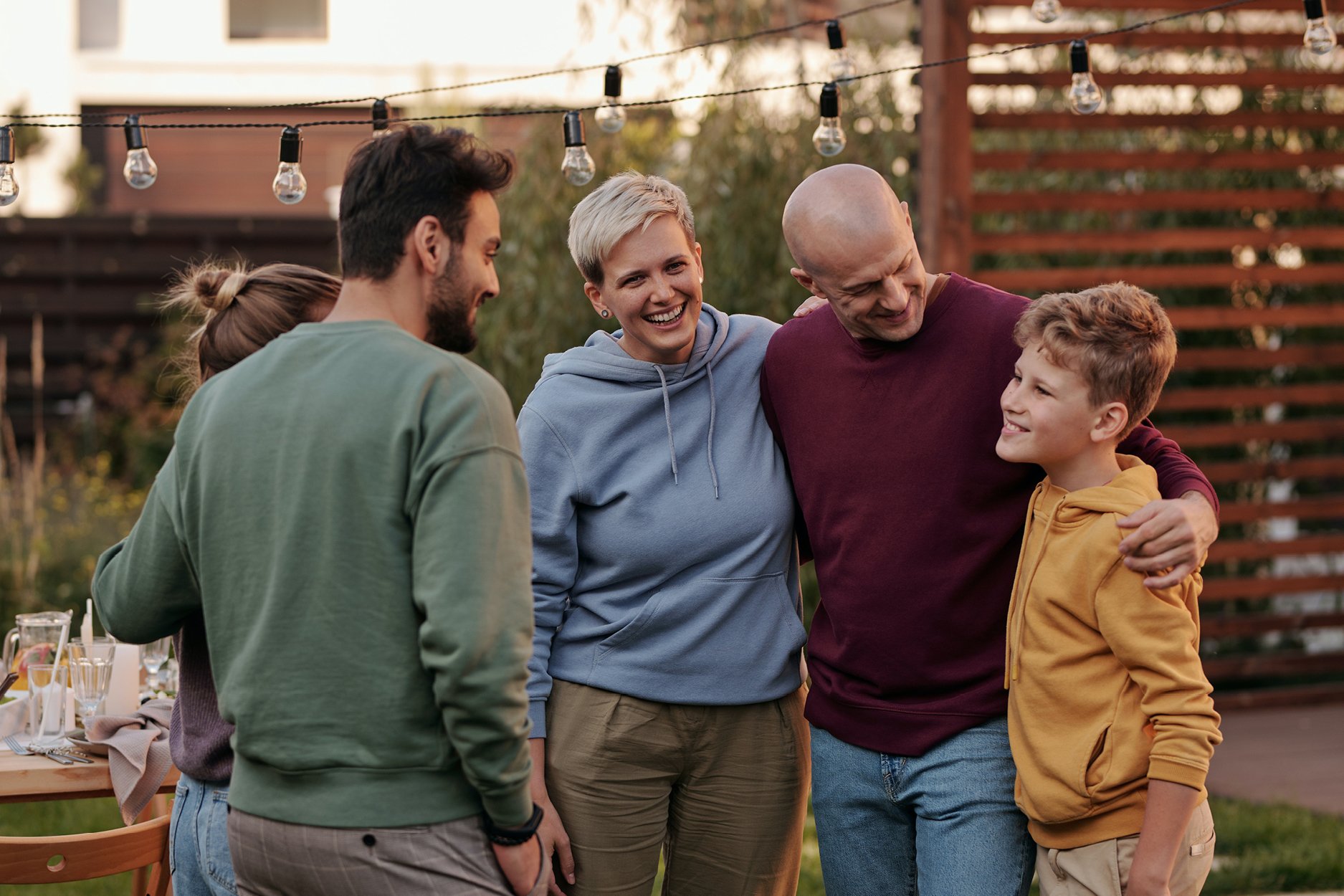Why the Medicine Cabinet May Be More Dangerous Than the Streets

From the early 90s to 2013, the US has seen a surge in drug overdoses stemming from opioid use. The trend started with prescription drugs which shifted to heroin, yet we've seen the trend return to its pain killer roots. However, the stakes have risen with synthetic opioids, causing the overdose numbers to rise in the last 10 years with no end in sight. There were 70,237 documented
drug overdoses in 2017, a 10% rise from the previous year.
47,600 of those overdoses
were from an opioid-related drug, which is almost 70% of the total deaths. The CDC equates this data to 130 American deaths per day from opioid abuse. What is this data telling us? We need to watch the medicine cabinet. (Drug Overdose Deaths)
It might be easier to think that marijuana use is the problem. That the push to call marijuana a gateway drug is the real evil, but the CDC even acknowledges there isn't sufficient evidence to link marijuana use to other drugs and states most marijuana users do not transfer to a higher classified substance. (Marijuana: How Can it Affect Your Health) That's not to say weed is A-OK. The message is that when we are looking for evidence of addiction within our homes, we may be looking in all the wrong places. It's time to shift the perspective away from old stereotypes and turn to our bathrooms to realize the call is coming from inside the house, to quote every horror movie ever. If we focus solely on marijuana, we are ignoring an epidemic that is costing families the lives of their loved ones on a minute to minute basis.
But these pills are prescribed every day. This couldn't happen to me, said every parent of an opioid user. It's easy to turn away from this information, it's easy to say junkies are heroin addicts who live on the streets and act crazy, and it's easy to believe that Big Pharma has our best interests in mind. But when we look at the statistics of opioid users, we begin to see a trend. While the disease doesn't discriminate, almost 80% of that 2017 stat were white, non-Hispanic users. (Opioid Overdose Deaths by Race and Ethnicity) And men 18-34 are three times more likely to overdose and die. While not all prescription drug users transition to heroin, the correlation is high, leading to the majority of deaths stemming from initial prescription opioid use. (Trends in Opioid Use, Harm, and Treatment) And we haven't even covered the data of those who overdose and survive.
The CDC has struggled to accurately collect data regarding nonfatal overdoses due to funding across the nation and non-reported information. There are pockets that show some states improving, some staying the same and some steadily increasing in overdose numbers, but even without that data, we can see the severity. (Nonfatal Drug Overdoses) The release of the life-saving drug Narcan, a nasal spray that can reverse an opioid overdose, reveals a significant need to save the lives of opioid users, so much so that first responders across the country have been trained in using the drug. We don't see this for alcohol, or marijuana, or any other drug, which should raise a red flag and act as a reminder that this silent killer isn't going away.
Doctor's Visits and Addiction History
While most know about the opioid epidemic, our kids may not, and because these drugs are coming from a doctor, it's easy for kids to think they are safe. But even taking the prescribed amount of these highly addictive substances can cause addiction. We need to ensure we are educated on the topic of painkillers and relay that information to our teens. It can be the difference between life and death. The next time you or your child has a scheduled surgery or has a serious injury that may result in pain killers, check out all pain management options, especially if you have a history of addiction in your family. There are breathwork classes, herbal tea remedies, and other less addictive medicinal options for you to try. If you are unsure of addictive behaviors and patterns in your lineage, it's time to have those tough conversations to protect our kids and ourselves from potential threats. Don't be afraid to talk about it. Take the first steps to ensure your family is safe from harm.Signs of Opioid Use
Prescription drug use can be hard to spot, but if you suspect your child of abusing this medication, look for the signs. Pupils will look like small, black, pinpoints, eyes glassy. They will be fatigued and sluggish. Their breathing will decrease, making it harder to move around. The larger danger stems from mixing other substances with these deadly pills. Alcohol can exacerbate breathing issues and quickly lead to death. It's easy to smell the scent of cigarettes and lingering marijuana use on a child's clothing, but these signs won't appear with opioid use. If your son starts acting detached, sleeping a lot, or disengaged, it may be time for a conversation.Addiction's mask can look different on all who wear it. If your teen may be struggling with a prescription addiction, don't overthink it. Don't make excuses. Don't blame. Pick up the phone and call Stonewater Adolescent Recovery Center at (662) 478-9463. Their proven methods can help your teen detox from their addiction and move forward with success in their community and beyond. Don't let the bottle fool you. Call today and potentially save a life.

.jpg)

